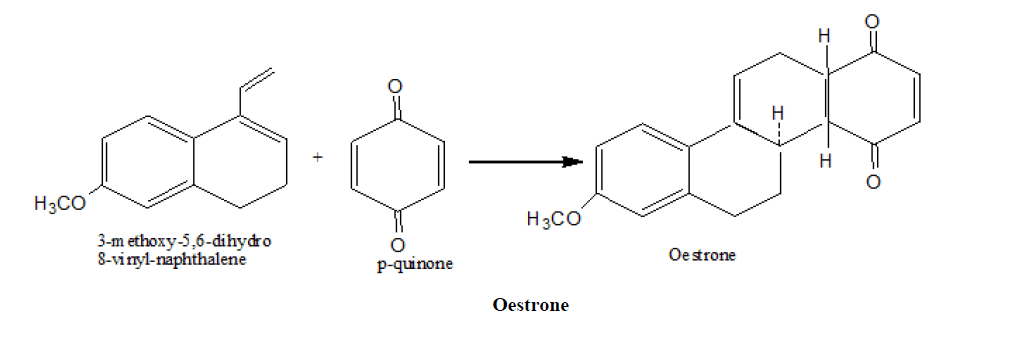The alkoxide is functionalized with r 3 x to give the stable intermediate 4.
Which reaction proceeds through a vinylic radical.
The resonantly stabilized radical i c 4 h 5 ch 2 cchch 2 is an important intermediate in the combustion of unsaturated hydrocarbons and is thought to be involved in the formation of polycyclic aromatic hydrocarbons through its reaction with acetylene c 2 h 2 to form benzene h this study uses quantum chemistry and statistical reaction rate theory to investigate the mechanism and kinetics.
A c h bond at a vinylic position requires even more energy to cleave thana c h bond at a primary position.
The wohl ziegler reaction is a chemical reaction that involves the allylic or benzylic bromination of hydrocarbons using an n bromosuccinimide and a radical initiator.
The 1 3 divinyl 2 peroxy radical isomerizes via ipso addition of the o 2 moiety followed by o atom insertion into the adjacent c c bond.
I addition of carbamoyl radicals at the terminal carbon of the triple bond giving vinylic radicals and.
Evidence suggests that this reaction proceeds via a radical mechanism.
Several reviews have been published.
The addition reaction proceeds via a radical chain mechanism comprising two processes.
Reaction mechanism for.
The phenyl sulfone anion 2 reacts with an aldehyde to form the alkoxide 3.
Reaction mechanism followed a addition of hbr on etheneionic addition reaction b halogenation of benzene in the presence of febr3 electrophilic substitution reaction c photochemical chlorination of methanefree radical substitution d hydrolysis of tert butylchloride with aqueous koh nucleophilic substitution e addition of nahso3 on acetonenucleophilic additionthus photochemical chlorination.
Mechanism for radical chlorination.
The dissociation energy for the allylic c h bond is lower than the dissociation energies for the c h bonds at the vinylic and alkylic positions.
Such radicals often form by reaction of o thiocarbonyl compounds 6 8 11 20 21 23 or bromides 15 19 with tri n butyltin hydride reactions of bu 3 snh with carbonyl compounds 12 and dithioacetals 13 represent two less common ways for generating radicals.
A vinylic radical is even less stable than a primary radical which can be seen by comparing bde values.
The radical chain mechanism is characterized by three steps.
Carbohydrate radicals that add internally to carbon nitrogen double bonds come from a vari ety of sources.
Addition of o 2 to the vinylic radical site in i c 4 h 5 directly forms the 1 3 divinyl 2 peroxy radical with a small barrier and around 36 8 kcal mol 1 of excess energy.
14 classically cf 3 i has been used for the reaction and various radical initiators have been reported.
The initial steps are straightforward.
In a typical setup a stoichiometric amount of n bromosuccinimide solution and a small quantity of.
Best yields are achieved with n bromosuccinimide in carbon tetrachloride solvent.

